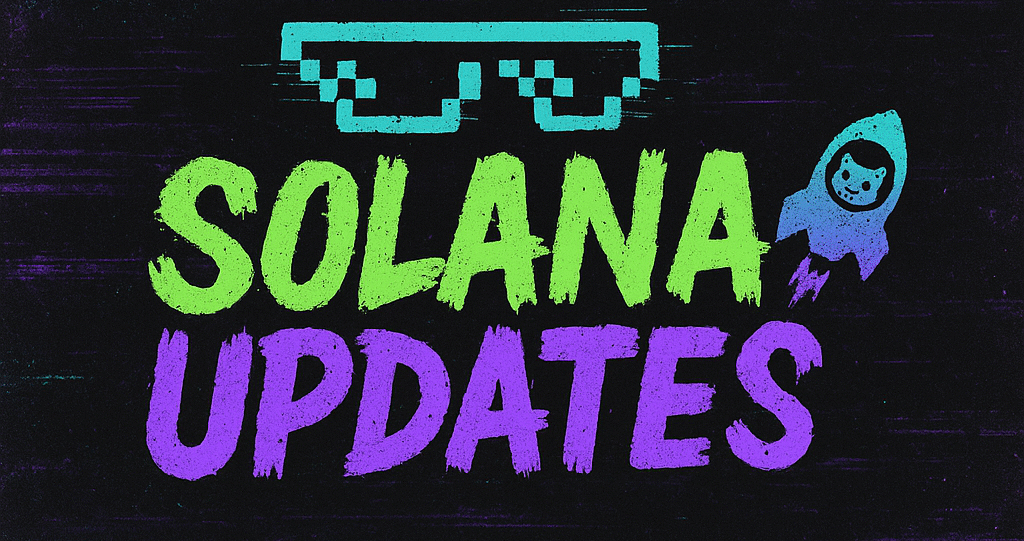BlackRock CEO Discusses Central Banks’ Concerns Amidst Gold’s Decline and the Rise of Crypto
In a recent discussion that is capturing the attention of financial markets worldwide, BlackRock CEO Larry Fink has unveiled a pressing concern that is preoccupying central banks: the role of tokenization and digitization in the future of finance. As gold prices experience a significant dip, falling below $4,000, Fink’s comments underscore the evolving landscape where traditional and digital assets are increasingly seen as ‘assets of fear’.
The Decline of Gold
Gold, traditionally viewed as a safe haven asset, is experiencing a notable downturn, dipping below the $4,000 mark. This decline raises questions about its continued viability as a store of value, especially when juxtaposed against the backdrop of rising digital asset popularity. The drop in gold prices is not only a concern for investors but also for central banks that hold significant reserves of the precious metal.
Crypto and Gold: Assets of Fear
In his address, Fink described both crypto and gold as ‘assets of fear’, a term that reflects their role as refuges in times of economic uncertainty. The characterization of these assets highlights a shift in investor sentiment, where the fear of inflation, geopolitical tensions, and economic instability drives the demand for alternative forms of value storage. As gold’s appeal wanes, the digital asset market, led by cryptocurrencies, continues to gain traction among investors seeking refuge from traditional market volatility.
The Role of Tokenization and Digitization
According to Fink, central banks are increasingly focused on understanding the implications of tokenization and digitization. These technological advances are transforming how assets are represented and traded. Tokenization, which involves converting rights to an asset into a digital token on a blockchain, is seen as a revolutionary step that could streamline financial operations, reduce costs, and enhance transparency.
Digitization’s impact on the global financial system is profound, offering new opportunities for efficiency and accessibility. Central banks are grappling with the challenges and potential regulatory frameworks needed to manage the rise of digital currencies and tokenized assets. Fink’s insights suggest a growing recognition among financial leaders that these innovations could redefine the global economic landscape.
Central Banks’ Strategic Questions
The major question for central banks, as highlighted by Fink, revolves around how to effectively integrate digital assets into the existing financial system. The potential for central bank digital currencies (CBDCs) continues to be a topic of intense debate, with many institutions exploring their feasibility as a complement or alternative to traditional fiat currencies.
Additionally, the regulatory landscape is a primary concern. Ensuring security, maintaining market stability, and protecting consumer interests are all critical issues that central banks must address as they navigate the complexities introduced by digital assets.
Conclusion
As gold experiences a downturn and cryptocurrencies gain prominence, Larry Fink’s remarks highlight a pivotal moment in financial history. Central banks’ focus on tokenization and digitization underscores their potential to fundamentally alter the financial system. As these discussions progress, the global economy may soon witness significant transformations, driven by the relentless advance of technology and the evolving needs of investors.
🛒 Recommended Product: Check out top-rated crypto gear on Amazon


